Intonaco WTA
Premixed plastering mortar for the renovation of masonry subject to rising capillary damp, according to EN 998-1 type R, WTA certified.
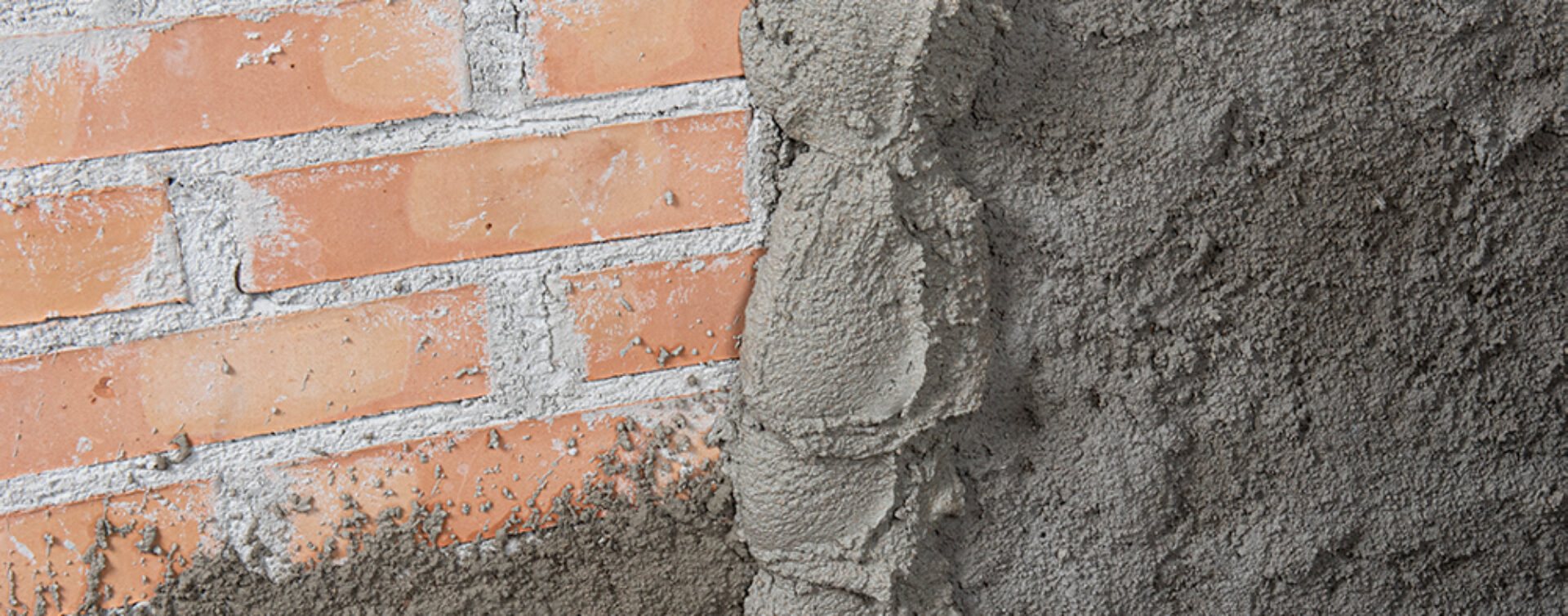
Premixed plastering mortar for the renovation of masonry subject to rising capillary damp, according to EN 998-1 type R, WTA certified.
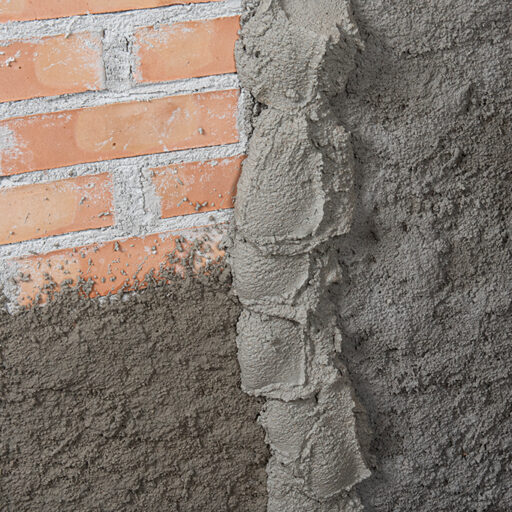
Application areas
Discover more
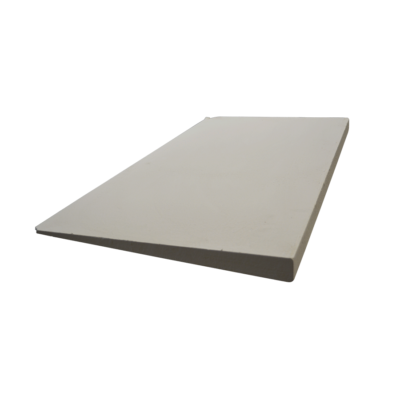
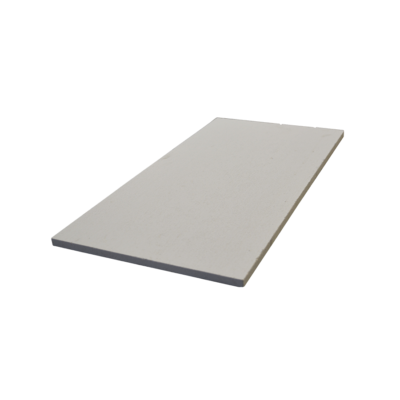
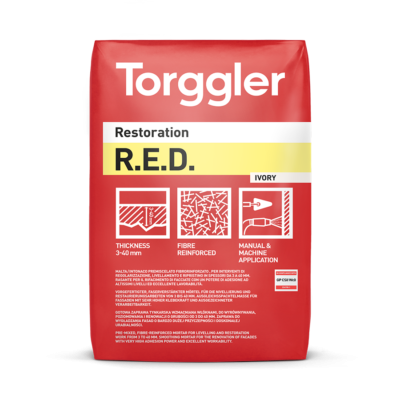
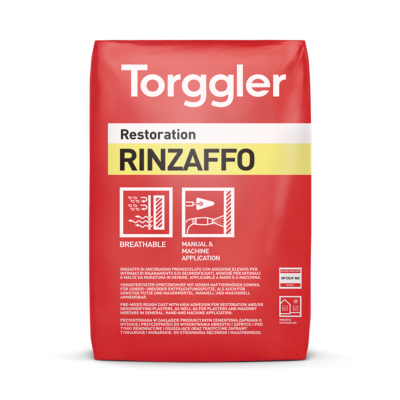
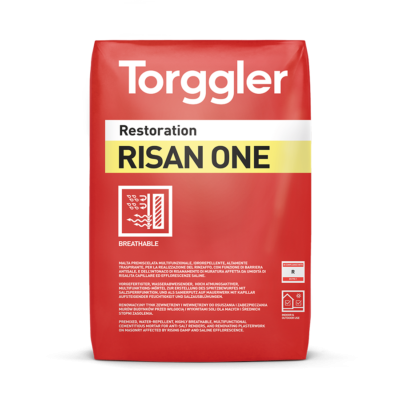
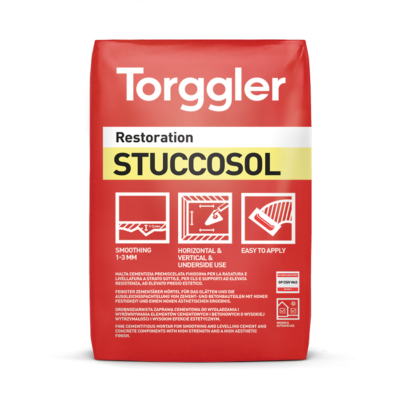
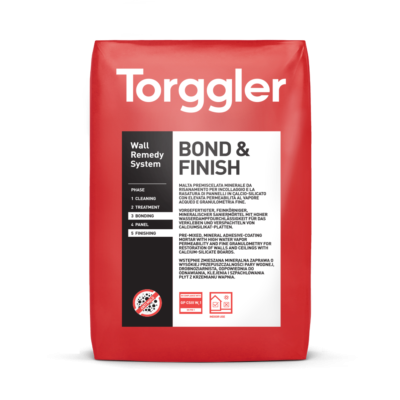
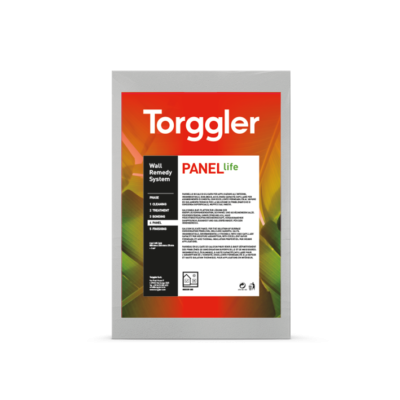
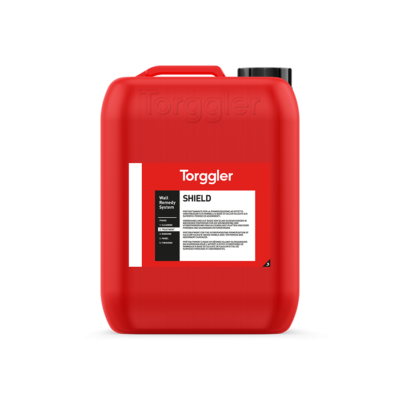
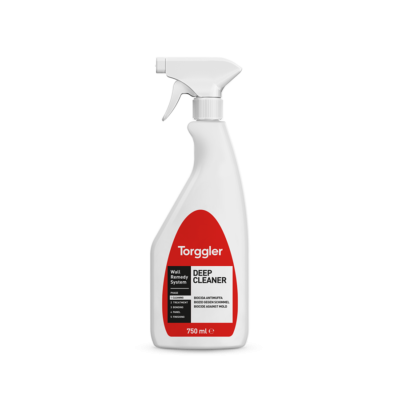
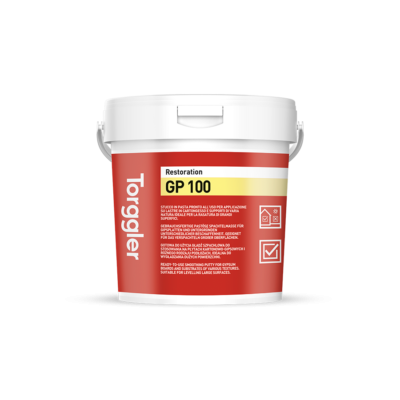
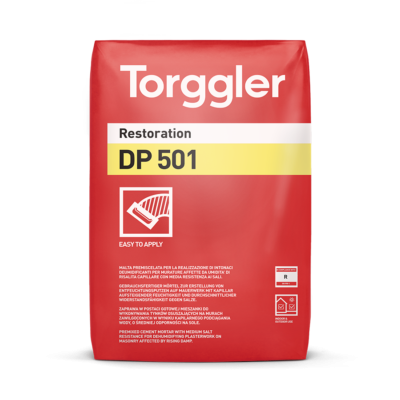
Intonaco WTA is a ready-to-use premixed grey mortar to be mixed only with water and based on special sulphate resistant pozzolanic cements and selected aggregates with added aerating agents and adhesion promoting, water repellent resins. After mixing with water, you have a light, workable mix that is easy to apply on walls and ceilings to provide water repellent, breathable plasters, also referred to as renovating plasters because they are capable of drying walls subject to rising damp and preventing saline efflorescence and mould growth. The capillary system, inhibited by the water repellent properties of Intonaco WTA plaster, prevents water from migrating from the atmosphere to the wall and vice versa. The plaster therefore remains dry. At the same time, the high porosity allows damp to be discharged more easily from the wall in the form of vapour. The dehumidification process of a wall subject to rising damp occurs basically as follows: The cellular plaster attracts moisture from the wall. At the interface between wall and plaster, the moisture evaporates and is discharged to the atmosphere in the form of water vapour through the plaster itself. At the same time, the water repellent properties of the plaster prevent water from the atmosphere (for example, rain) from penetrating the wall. Any water soluble salts in the wall are prevented from efflorescing because Intonaco WTA shifts the area where the water containing the salts evaporates and, instead, keeps the salts in a solution inside the wall, thus preventing them from crystallizing on the surface in the form of efflorescence, leading to wall damage. Intonaco WTA complies with the requirements of UNI EN 998-1 for renovating plasters (class EN 998-1 R).
Substrate preparation
Hammer and scrape the masonry to be renovated to remove all loose, crumbling or non-cohesive material. If the masonry is old and damp, scrape off the old plaster completely to a height of at least 50 cm above the line of damp. Remove all traces of crumbling sealing mortar between brick courses or in between stone slabs or blocks and wash thoroughly with a jet of water under pressure. Large cavities may be filled with brick fragments and ordinary plastering mortar.
Application of the efflorescence barrier
Where salts (normally sulphates and chlorides but, more rarely, also nitrates) have effloresced, the efflorescence must be scraped off and the wall suitably treated with Antisale. This liquid product must be applied as is in a single abundant coat (approximately 0.3 to 0.5 litres per m²) using a brush or low-pressure sprayer).
Application of the keying coat
One day (24 hours) after the saline blooming treatment, apply a rendering coat with a thickness no greater than 5 mm. This rendering material should be made from cement, preferably hydraulic lime or, alternatively, hydrated lime and sharp sand in proportions of 1:1:3, and mixed with Neolast Latex in a 1:2 water solution (indicative consumption of Neolast Latex is approximately 600 g/m²).
Preparation of the mixture
Mix Intonaco WTA with approximately 14 – 16 % (equivalent to 3,5 – 4,0 litri per 25 kg bag) using a mixer or other suitable mixing method until the mixture is smooth, light and soft. The time
required will depend on the type of mixer used and on the ambient temperature. The approximate mixing times at 20°C are the following:
Since the mixing time depends also on the rpm, size and constructional features of the mixing equipment used (number and shape of blades, etc), it is a good idea, when preparing the first mixtures, to keep a close eye on the process and to adjust the time carefully according to ambient conditions and the type of mixer you are using. Ideally, the mix density should be around 1.40 kg/litre, with an air content of about 32%. Mixes with a density of between 1.30 and 1.50 kg/litre and an air content of between 25% and 35% are suitable for use. It is very important to remain within these limits as the final performance of the plaster depends on them.
Application of the plaster
The mixture prepared should be used immediately after mixing. If this is impossible and the mixture is left to stand for more than 20 minutes, mix again briefly, adding small quantities of water, if necessary, to restore the right consistency. In this way, the mixture remains workable (pot life) for at least 45 minutes under normal conditions (20°C). Higher temperatures reduce the pot life. When the keying coat has set but not hardened, apply Intonaco WTA by hand with a trowel in a layer at least 2 cm thick. Level off the plaster using a straight edge or paddle. Do not smooth off too finely so as not to close the surface pores of the plaster. If necessary, the coat of renovating plaster may be up to 3 cm thick. For thicker layers, apply two successive coats, waiting for one coat to harden sufficiently (at least 6 hours) before applying the next one. When used outdoors, avoid exposure to direct sunlight and strong wind during application. If this is not possible, keep the plaster moistened with a fine spray of water.
Application of the finishing
For indoor walls, where necessary, use Intonaco WTA with FInitura or any suitable fine-grain lime-based mortar. Apply as thinly as possible. Outdoor walls can be finished with Finitura. Intonaco WTA can be painted only with silicon paints such as our Pittura or with highly breathable paints such as those based on silicates. Lime or cement based paints are also suitable. For outdoor walls, these products must subsequently be impregnated with promular Silicon. For further information please contact the Technical Department of Torggler S.r.l.. The tools used for applying the plaster may be cleaned with water before it hardens. Once hardened, the plaster must be scraped off.
Intonaco WTA must be stored in a dry, protected place. Unopened in its original bags, the product can be stored for at least 12 months. KEEP AWAY FROM MOISTURE.
As with all cement-based products, do not apply at temperatures below +5 °C.
| Color | Code | Packaging | Packaging size | Pallet | Barcode |
|---|---|---|---|---|---|
| Grey | 6293 | bag | 25kg |
50 bags
|
The good water repellent properties and high water vapour breathability make Intonaco WTA ideal:
Intonaco WTA is not suitable as a barrier against stagnant water, water under pressure and infiltrations (it is not therefore recommended as a plaster for foundations). When used below ground level and/or in the presence of water with negative pressure, the product must be integrated with an application of Antol Aquaproof (see data sheet). When the substrate is not continuous or regular, before applying Aquaproof, apply a layer of cement-based smoothing plaster which must be left to cure sufficiently. The plaster should be at least 1.5 cm thick and anchored to the support using a sand- and cement-based rendering product mixed with Neoplast Latex in a solution of 1:2 with water. Note: for further information and all technical specifications please contact the Technical Department of Torggler S.r.l.).
| Measured on fresh mix | WTA requirements | |
| Apparent density | approx 1,350 kg/l | |
| Grain size (according to UNI EN 1015-1) | 0 – 2,5 mm | |
| % mixing water | 14 – 16 % (equivalent to 3,5 – 4,0 litri per 25 kg bag) | |
| Mix consistency (according to UNI EN 1015-3) | 160 mm | |
| Density of mix when fresh (according to EN 1015-6) | ca. 1,380 kg/l | |
| Air content (according to EN 1015-7) | 32 % | > 25 % |
| Water retention (according to DIN 18555 – Parte 7) | 92 % | > 85 % |
| Application temperature | from +5 °C to +30 °C | |
| Operating temperature | from -20 °C to +90 °C | |
| Consumption | 12 kg/m² 2 per cm of thickness | |
| Workability (according to WTA 2-2-91) (reduction of consistency after 15 minutes) | 1,0 cm | < 3 cm |
| Measured on hardened mix | ||
| Density of mix when hardened (according to DIN 18555-3) | 1,260 kg/l | < 1,400 kg/l |
| Resistance to diffusion of water vapour – µ (according to DIN 52615) | 8 | < 12 |
| Compression strength ßd (according to UNI EN 1015-11) | 4,3 N/mm² | 1,5 – 5,0 N/mm² |
| Bending strength ßbz (according to UNI EN 1015-11) | 2,0 N/mm² | |
| Factor (ßd/ßbz) | 2,1 | < 3 |
| Water absorption coefficient W24 (according to DIN 52617) | 0,4 kg/m² | > 0,3 kg/m² |
| Water absorption depth | 1 mm | < 5 mm |
| Total porosity (according to WTA 2-2-91) | 48 % | > 40 % |
| Average thermal conductivity values λ10,dry,mat (EN 1745 – A12) | 0,45 W/(m·K) | |
* Torggler’s internal methods (MIT) are available on request.
The consumption of Intonaco WTA is approximately 24 Kg/m2 per layer of 2 cm.
Contact our team for personalized support and product guidance.